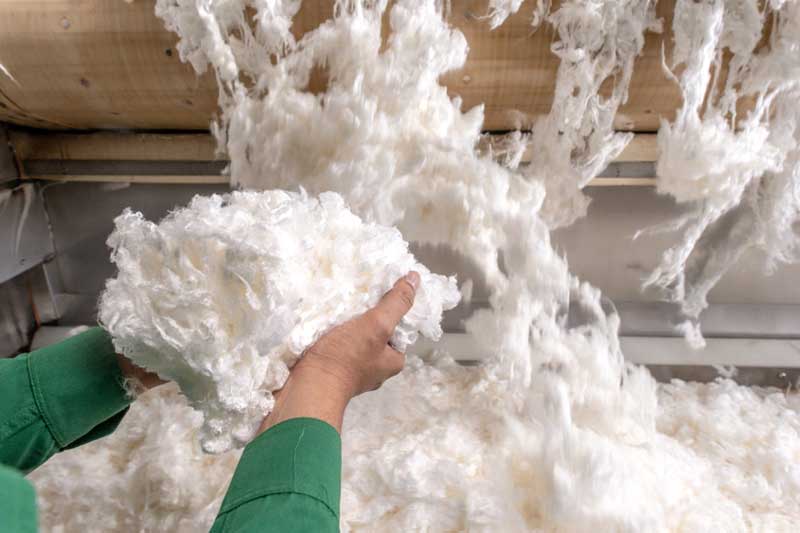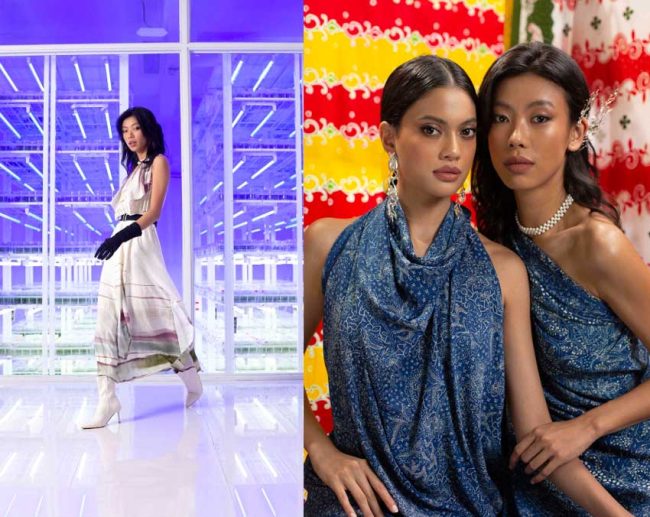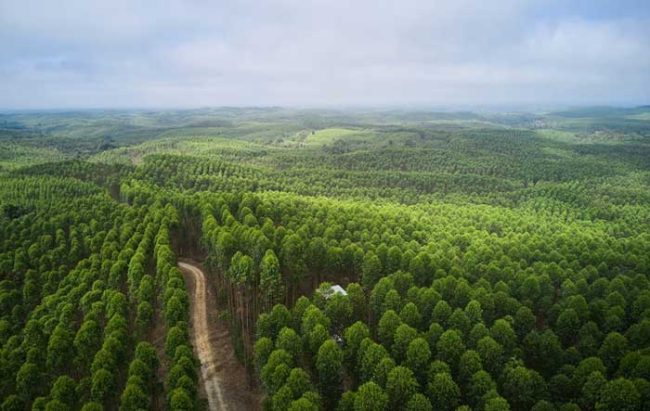
Is sustainable the future of fashion?
Fashion is a multi-billion-dollar industry that has a huge impact on the environment, and it is vital to consider the sustainability of the industry’s practices if we are to guarantee a healthier future for the environment.
Unfortunately, the production of clothes is associated with practices that are incredibly damaging, whether it’s through deforestation in order to cultivate land for producing cotton or through the dumping of toxic chemicals used in dyeing fabrics. Clearly, it is important that we strive to reduce the environmental damage caused by the industry.
Fashion waste is becoming an increasingly pressing issue in today’s world. With the growing popularity of fast fashion, we are on track to throw away more than 134 million tonne of textiles annually by 2030. This is a huge waste of resources and has a massive impact on the environment.
Not only do clothes take up valuable space in landfills—because clothing and textiles currently make up at least 7 per cent of the total amount of waste in global landfill space—but the production of fashion items is a major contributor to global greenhouse gas emissions.
Textile production also generates 42 million tonne of plastic waste per year, making the textile industry the second-highest industrial source after packaging. Every time a synthetic garment is washed, it releases tiny plastic microfibres into the water. Up to 500,000 tonne of microfibres end up in the ocean every year.
As we know, only 20 per cent of textiles are collected for reuse or recycling globally. So that’s why we must take action to reduce the amount of fashion waste produced every year. We can start by purchasing quality pieces that will last longer and buying fewer items overall. Additionally, we can donate our unwanted clothes to charity or look for ways to recycle them. Doing so can help reduce the amount of fashion waste produced each year and help create a more sustainable future.

The rise of the global movement for sustainable living has become increasingly noticeable in recent times, and our ability to move towards a more sustainable future has never been more pertinent. With an increasing focus on reducing our negative environmental impact, our ability to choose sustainable options for daily needs has never been easier.
Mindful shopping is also a very popular way of reducing our carbon footprint. This approach focuses on selecting the most ethical and sustainable options when buying and consuming products by carefully researching their origin, production, and expiration dates. This can both help protect the environment and provide consumers with better-quality materials.
The upcycling movement has experienced exponential growth as of late, as people are prioritizing reusing items whenever possible. Instead of tossing away, this entails rethinking them for a new use.
Finally, biodegradable products are often created with renewable resources, such as plant-based plastics, which are 100 per cent compostable. That means there is increasing focus on where raw materials come from, how garments are produced, and what happens to them at the end of their useful lives. And nature-based fabrics, such as viscose rayon, have a clear place in the future where fashion industry is more sustainable.
APR’s viscose rayon is produced from trees grown on sustainably managed plantations that are independently certified, primarily through the international body PEFC. This certification ensures that the raw materials used have a minimal impact on the environment, promoting ecological balance and preserving natural resources.
As part of APR2030 agenda, APR takes an ambitious stance on combating climate change. To accomplish this, APR has strategically integrated vertically with APRIL, enabling them to have more control over their supply chain and implement sustainable practices throughout the production process. By ensuring that land use practices are environmentally friendly and emissions are offset, APR strives to play its part in mitigating the effects of climate change and protecting the planet for future generations.

By combining a commitment to responsible sourcing with ambitious climate goals, APR sets an example for the textile industry and other sectors on how to prioritise sustainability in their operations. As they continue to work toward a more sustainable future, APR’s efforts contribute to building a greener, more equitable world and fostering a positive impact on both the environment and society as a whole.
About Asia Pacific Rayon
Asia Pacific Rayon (APR), based in Indonesia, is Asia’s first fully integrated viscose rayon producer, from plantation to viscose fibre. APR, which has a capacity of 300,000 tonne per year, is located in Pangkalan Kerinci, Riau Province, Indonesia, alongside pulp supplier APRIL. APR and APRIL are both part of the Royal Golden Eagle (RGE), group of companies. www.aprayon.com
Please contact us for further information
Email: APR_Marcomms@aprayon.com



